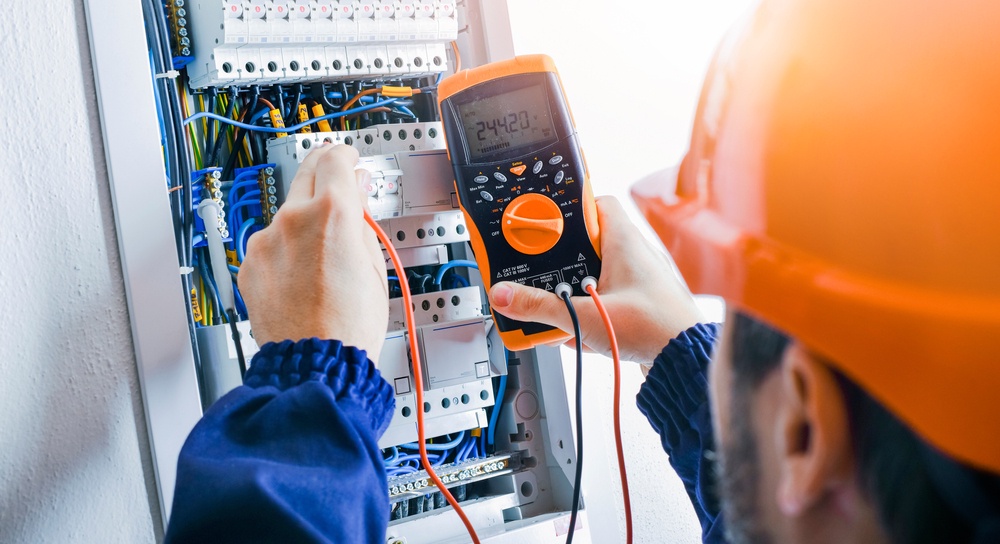Estimating the electrical load of a building is a crucial step in the construction process, ensuring that the electrical system meets the demands of the structure efficiently. Proper electrical
estimation not only prevents potential issues such as overloaded circuits but also aids in creating an energy efficient and cost effective electrical system. In this guide, we will delve into the key steps and considerations for estimating the electrical load of a building.
Understanding Electrical Load
Electrical load refers to the total power consumed by all the connected devices and equipment within a building. It is measured in kilowatts (kW) or kilovolt-amperes (kVA). Estimating the load involves determining the anticipated power demand to ensure that the electrical system can handle the load without exceeding its capacity. For accurate and professional assistance in this critical process, considering the expertise of Electrical Estimating Services is highly recommended. These services bring valuable insights, ensuring that your electrical system is optimized for performance, safety, and cost-effectiveness.
Factors Influencing Electrical Load
Several factors contribute to the electrical load of a building, and considering these factors is crucial for accurate estimation:
Type of Building
Different types of buildings have distinct electrical requirements. Residential buildings, commercial spaces, and industrial facilities all have varying needs that impact the overall electrical load.
Occupancy Type
The number of occupants and their activities play a significant role in determining the electric load. For instance, an office building with numerous electronic devices will have a higher load compared to a residential home.
Appliances and Equipment
The type and quantity of appliances and equipment in the building directly impact the electric load. High powered machinery in industrial settings, for example, contributes significantly to the overall load.
Lighting Requirements
Lighting systems are a substantial component of electrical load.
HVAC Systems
Heating, ventilation, and air conditioning (HVAC) systems have substantial power requirements. Estimating their load is crucial for ensuring the electrical system can handle both regular and peak demands.
Steps for Estimating Electrical Load
Now, let us break down the process of estimating the electrical load of a building
Compile a List of Appliances and Equipment
Start by creating a comprehensive list of all electrical appliances and equipment that will be present in the building. This should include everything from lighting fixtures to HVAC systems and electronic devices.
Determine Power Ratings
Obtain the power ratings (in watts or kilowatts) for each item on the list. This information is usually available on the manufacturer's specifications or nameplate.
Calculate Connected Load
Add up the power ratings of all appliances and equipment to determine the connected load. This represents the total power that would be consumed if everything operated simultaneously.
Apply Demand Factors
Not all devices operate simultaneously at full capacity. Apply demand factors to account for the likelihood that not all equipment will be in use simultaneously. This step refines the estimate to a more realistic scenario.
Consider Future Growth
Expect future expansions or additions to the building and factor in potential increases in electric load. This foresight ensures the electrical system remains climbable.
Practical Applications of Electrical Load Estimation
Accurate electrical load estimation is crucial for various applications which includes:
Proper Circuit Sizing
Ensures that circuits are appropriately sized to handle the electric load, preventing overheating and potential hazards.
Energy Efficiency
Helps design an energy efficient electrical system by eliminating unnecessary excess capacity.
Cost Management
Enables better cost management by accurately sizing the electrical components, preventing over specification and unnecessary expenses.
Compliance with Regulations
Ensures compliance with local electrical codes and regulations, avoiding legal complications.
Conclusion
Figuring out how much electricity a building needs is super important for making a strong and cost-effective construction. By looking closely at things like the type of building and how many people will be there, we can make sure the electrical system fits just right. Following a simple process, like making a list of devices and thinking about future needs, helps us be really accurate. Getting help from estimating services is like having experts guide us through, making sure everything is safe, efficient, and ready for the future in our construction project.


No comments yet